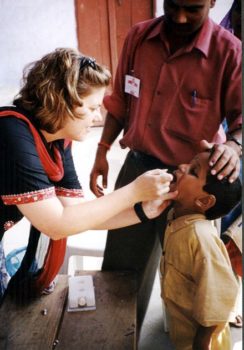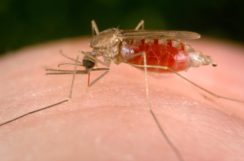Childhood Vaccines in India, Part 1
Part 1: How vaccines are made and how they work
In 2008, WHO estimated that 1.5 million of deaths among children under 5 years were due to diseases that could have been prevented by routine vaccination. This represents 17% of global total mortality in children under 5 years of age.
Hygiene, proper nourishment and sanitary conditions make for a healthy community, with lowered incidence of infectious disease, but since much of this is lacking in developing countries, vaccination is very helpful to giving the immune system a boost.
We can thank scientists, physicians and engineers for their work in understanding the immune system and how to make it work for us against disease by using vaccinations.












Childhood Malnutrition in India
Part 1: The Science of Nutrition and Malnutrition.
Today’s post is number three in the run-up to my International Reporting Project trip to India where I will be part of a team of 10 journalists covering the topic of child survival. First, I addressed Infectious Diseases, then Vaccinations. Today, we will look at Malnutrition. What is the state of malnutrition in India? How has scientific understanding of what good nourishment means helped us work on the malnourishment issue particularly in developing nations? Can science put an end to world hunger? How are sanitation and hygiene related to malnutrition?
Before we go on, let’s define a few terms so there is no confusion:
13 years ago Blog, Health, Travel • Tags: child survival, diarrheal diseases, environmental enteropathy, India, International Reporting Project, Malnutrition, Nobel Prize, nutrients, nutrition, research, science, STEM, UNICEF, WHO